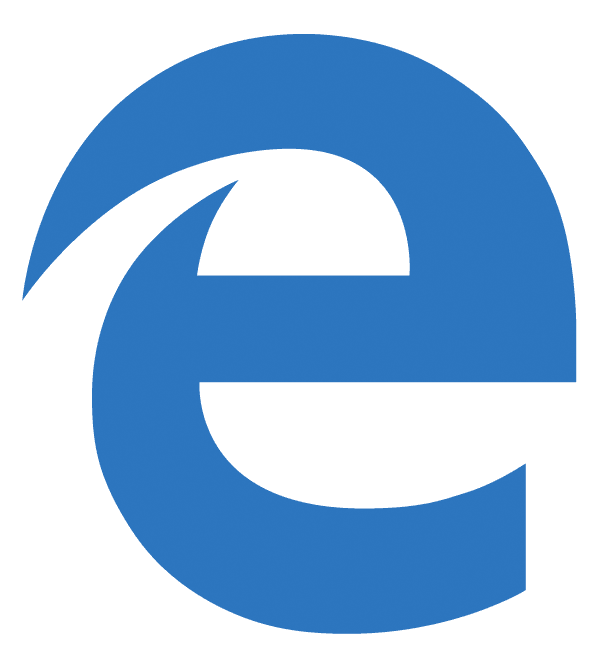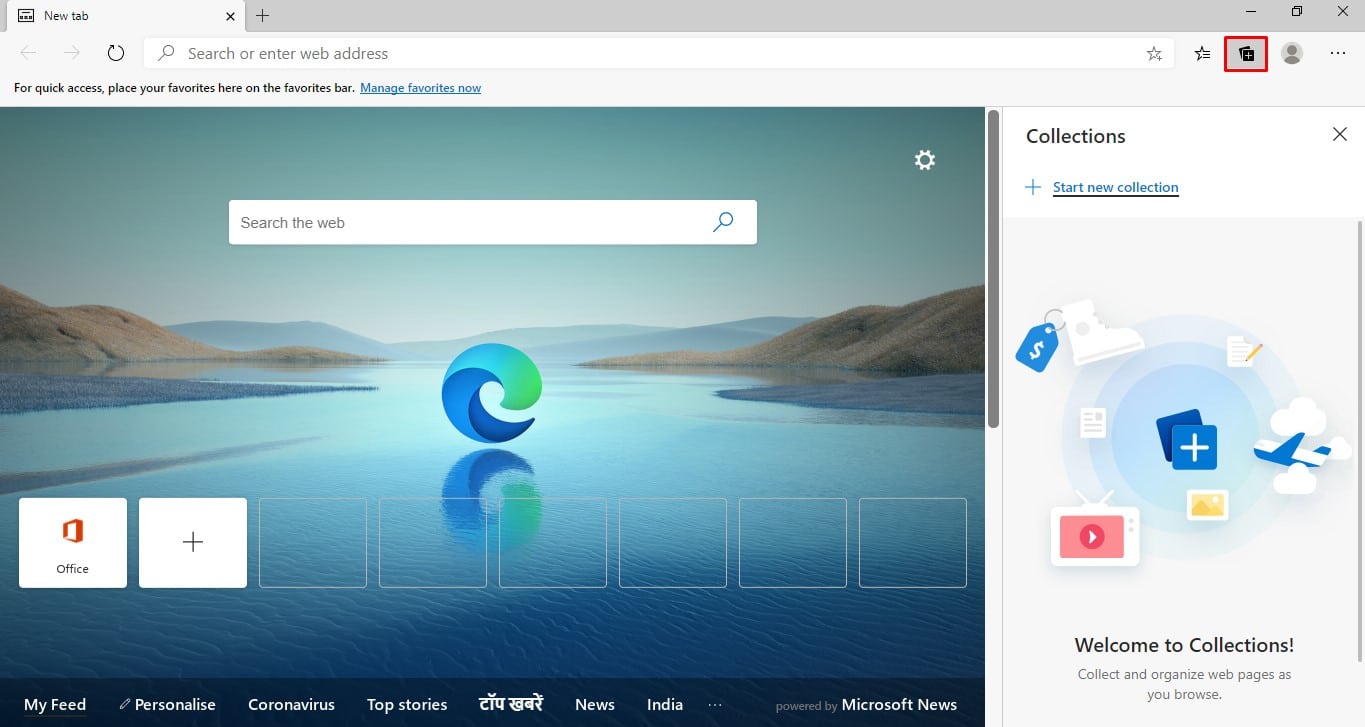
Lastly, Edge packs something called a Kids Mode that's all about providing children with age-appropriate and possibly even politically-correct content. You can also get personalized news and articles in the new tab page, save content in Collections, and export said Collections to Pinterest, Word, Excel, OneNote, and so forth. And, you can also earn some cash back while making qualified purchases at over 1100 merchants. In short, it makes comparing prices and finding good deals a lot easier than other browsers. Interestingly enough, Edge aims to tempt users with a series of features meant to help with online shopping.

There's also an InPrivate mode that doesn't tie your history or searches to your Microsoft account or your device. There are three modes of Tracking Prevention: Basic, Balanced, and Strict. Edge can create and store passwords for you, and even give you solid indicators regarding the strength of said passwords. The Password Monitor is a very useful tool that detects if your credentials have been compromised.

The other two major security modes are related to your passwords, and tracking prevention. Most of the Google-tracking elements are disabled, so that's a good thing. The add-on store is the place where you can find some of the most popular extensions that have been purposefully optimized and tweaked for Microsoft's browser. The result? A very sleek, modern, fast, yet somewhat resource-munching browser with a solid codebase, with Microsoft written all over it, and with (almost) full support for Chrome's extensions, as well as some pretty interesting features sprinkled on top.īetter yet, Edge also benefits from a bespoke add-on store of its own. The fact that Microsoft decided to switch to a Chromium engine for their new browser was probably the best decision they could've made. In fact, it's so good, it can pretty much rival all its competitors.

So, the question is - why would you want to use Microsoft Edge, anyway? The short answer: Microsoft Edge is better than ever.

The latest stable version of Edge can be retrieved via the command line using the Linux package manager, or directly from the app's official website (as DEB and RPM installers). Finally, Linux users get access to the Stable channel as well. Until recently (before November 2021), Microsoft Edge was only available in Beta and Dev versions for Linux. That's also the case of Microsoft Edge, the standard browser of Windows 10 and 11, that's also available for macOS, Android, and iOS. This was somewhat brutal for most other browsers, but even more so for Microsoft and its slow and outdated Internet Explorer that was left pretty much empty handed, and sad, in a corner, alone.Ī lot of time has gone by since then, some browsers vanished, some adapted and became better, and other new ones came into the spotlight. We all know that ever since it was launched in 2008, Google Chrome has been leading with an iron fist (at least in terms of market share).


 0 kommentar(er)
0 kommentar(er)
